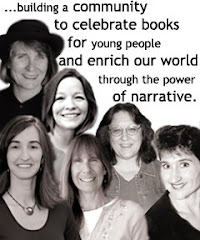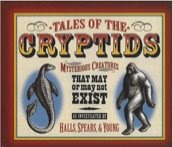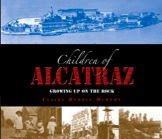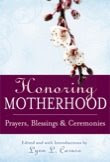
Here is a view into one of my personal hurdles while working on this collection. I had initially set out to write a story about how the Prophet Muhammad’s wife Khadijeh supported him both financially and spiritually. I found the makings of the plot in one of the hadith’s (an historic account of the Prophet’s life), which explained how difficult of a time Muhammad had when he was receiving his revelations. He lost sleep and questioned himself. From this premise, I wrote a story full of detail and tension. Months slipped by as I worked hard at pulling quotes of the Prophet from the Qur’an and using them for his dialogue. When finished I sent my draft to our Muslim proof readers with much anticipation. Their response was less enthusiastic than I had hoped for. “You cannot not describe the Prophet as having ‘walnut brown hair,’” my consultant said. “You should not imply that Muhammad suffered any strife, and, it is disrespectful to put words into the Prophet’s mouth.”
Hmm, I thought, dropping my pen. Now what? How do I write a story without the conflict that is needed to move a story as well as keep it appealing for the reader? And how am I to write a story about a couple, if I cannot let one of them speak? There has been much written and said in the news, Publishers Weekly and the blogs about recent books and cartoons that have insulted Islam. The debates rage for and against the notion that the world deserves free expression. In my case, I chose to withhold my particular interpretation of this event in Muslim history and scrap my story out of respect. I then set out to write another one. In my view, the point of pulling this collection together was to remind those of the monotheistic faiths that we have common stories we can build upon, which can help bring our people in a closer communion of spirit. Why thwart that possibility by publishing something that might likely offend?
I learned much from the stories of my co-writers Claire Rudolph Murphy, Mary Cronk Farrell, Sarah Conover and Betsy Wharton. This project continues to feed and inform my spiritual life and creative impulses. To my delight, I have since discovered on my travels to the Middle East and Central Asia that women (more so than men) throughout history have been weaving their own interpretations of scriptural stories into carpets, long before they knew how to read and write. I have literally found new and actual threads of these ancient parables to explore. Perhaps a nonfiction story of the richness of monotheistic and other spiritual cultures is on my horizon---illustrated, of course, with rugs.
Photo: I found this image on an Iranian rug of Moses in the reed basket in the Tehran Carpet Bazaar.
---Meghan Nuttall Sayres










